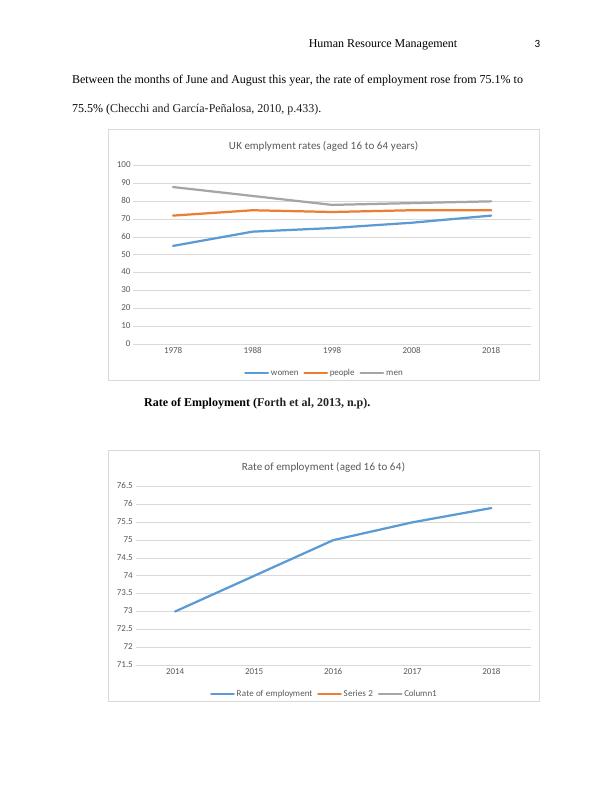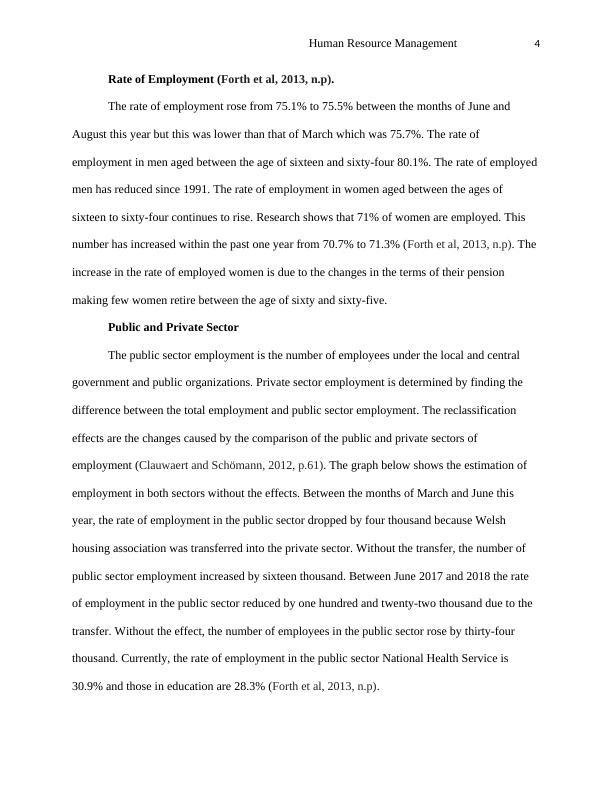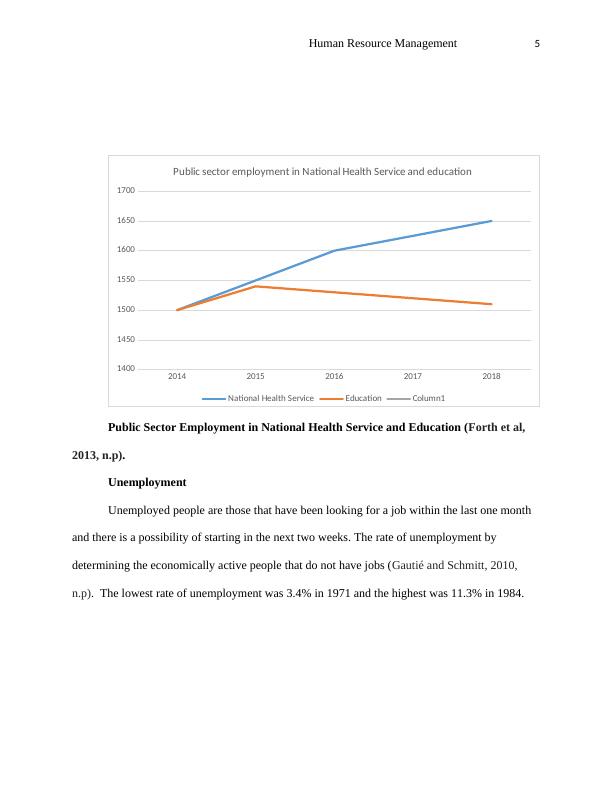Labor Market Conditions in UK and UAEs: A Comparative Analysis
Assess the major contemporary labour market trends in different country contexts and compare labour market conditions in the UK and UAE. Explain the significance of tight and loose labour market conditions and provide examples of job descriptions, person specifications, and competency frameworks linked to customer service.
Added on 2023-05-30
About This Document
This paper analyzes the conditions of the labor market by comparing those in the United Kingdom (UK) and the United Arab Emirates (UAEs). It discusses the rate of employment, public and private sector employment, unemployment, economically inactive, and the significance of tight and loose labor market conditions.
Labor Market Conditions in UK and UAEs: A Comparative Analysis
Assess the major contemporary labour market trends in different country contexts and compare labour market conditions in the UK and UAE. Explain the significance of tight and loose labour market conditions and provide examples of job descriptions, person specifications, and competency frameworks linked to customer service.
Added on 2023-05-30
End of preview
Want to access all the pages? Upload your documents or become a member.






